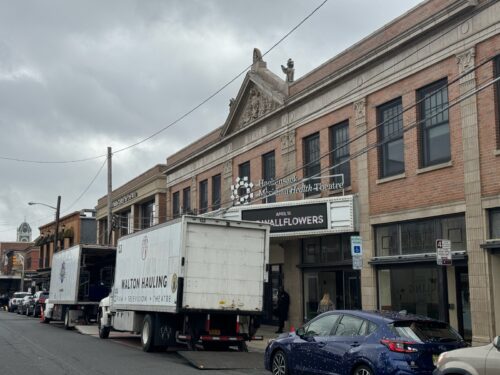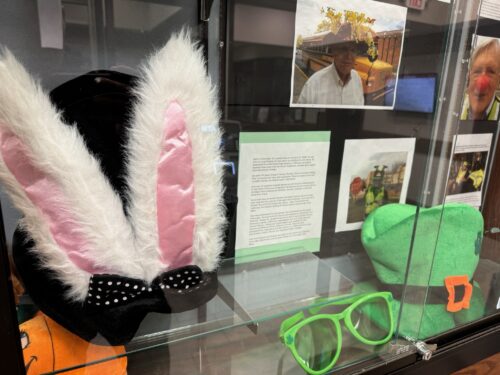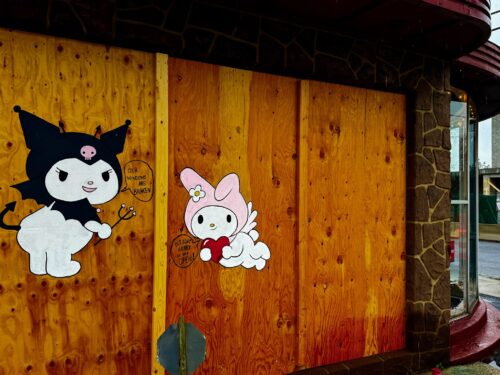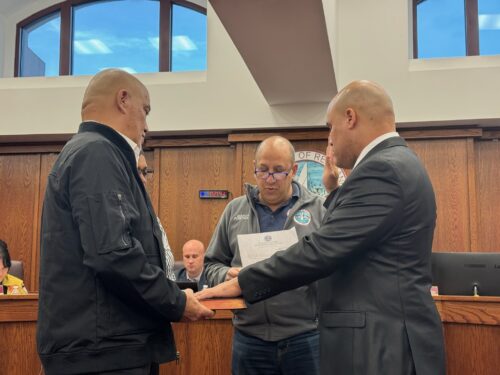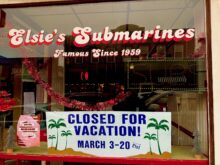
With a whale of concert scheduled for tonight at mega-whale prices the Count Basie Theatre today is the subject of an insightful page-one story in today’s Star-Ledger that examines the venue’s startling reversal of fortune over the last six years.
Tonight’s fundraiser by Bruce Springsteen and the E Street Band, says Sledger reporter Peggy McGlone, “is the latest in a string of successes for the 1,500-seat theater, where creative programming and a loyal audience have translated into sustained growth in attendance, events and box office revenue.”
The key to success where other venues its size and mission are struggling? A contrarian approach fostered by CEO Numa Saisselin, according to McGlone.
Take the Springsteen show, a benefit for the theater’s upcoming renovation. Basie officials figured people would pay more for the chance to see local-boy-turned concert-phenom Springsteen in their intimate theater.
But $14,900 extra?
“The original reaction was ‘This is so crazy. It can’t possibly be done,'” said Saisselin, sitting in his modest office overlooking Monmouth Avenue. “But then, we have done crazier things.”
Indeed. Crazy like nixing the sale of subscription packages — considered a pillar of most arts centers’ operations — in favor of single-ticket sales. Crazy like dropping the notion of presenting a season of “art,” and instead booking the theater like a music club. Crazy like relying on inexpensive e-mail blasts and quarterly calendars to be at 80 percent of capacity last year.
These moves were risky, but have paid off. Last year the theater presented 180 events — from Brian Wilson, Los Lobos and Jewel to the New Jersey Symphony Orchestra and the Parsons Dance Company — that drew 175,000 and resulted in $6.4 million in income. Compare that to 2001 — the year before Saisselin was hired — when the Basie did 69 shows, attracting 55,000 people and bringing in $1.2 million.
The turnaround can be attributed to two factors. First, the theater was in chaos when Saisselin arrived in January, 2002, two years after the theater separated from the Monmouth Arts Council. Audiences were scarce and the programming was scatter-shot, and that lessened the risk of abandoning a business-as-usual approach.
And Saisselin’s management philosophy can’t be characterizes as business-as-usual.
“The performing arts profession as we know it, from the late ’70s and ’80s, is dead,” he said. “There was a big difference between arts organizations and commercial producers. Arts presenters booked symphonies, ballets, theater. Everything else was promoters. There was a clear line.”
That clear line has blurred, he said, even though many of his colleagues won’t admit it. “The difference between Count Basie and Live Nation is several times a year we select something and do it just because we should, because we think the community should (have it),” he said. The Basie knows it won’t cover costs on such events; a commercial promoter doesn’t take on a show it knows is a money-loser.
Other than these shows, the Basie operates like a commercial promoter. Since Saisselin has built his business on single-ticket sales, the nationwide drop in subscriptions and increase in last-minute purchases hasn’t thrown his finances into turmoil.
The Sledger reports that as of yesterday, a “limited number of tickets, priced at $1,250 and $2,000,” was still available from the theater box office for tonight’s show.




